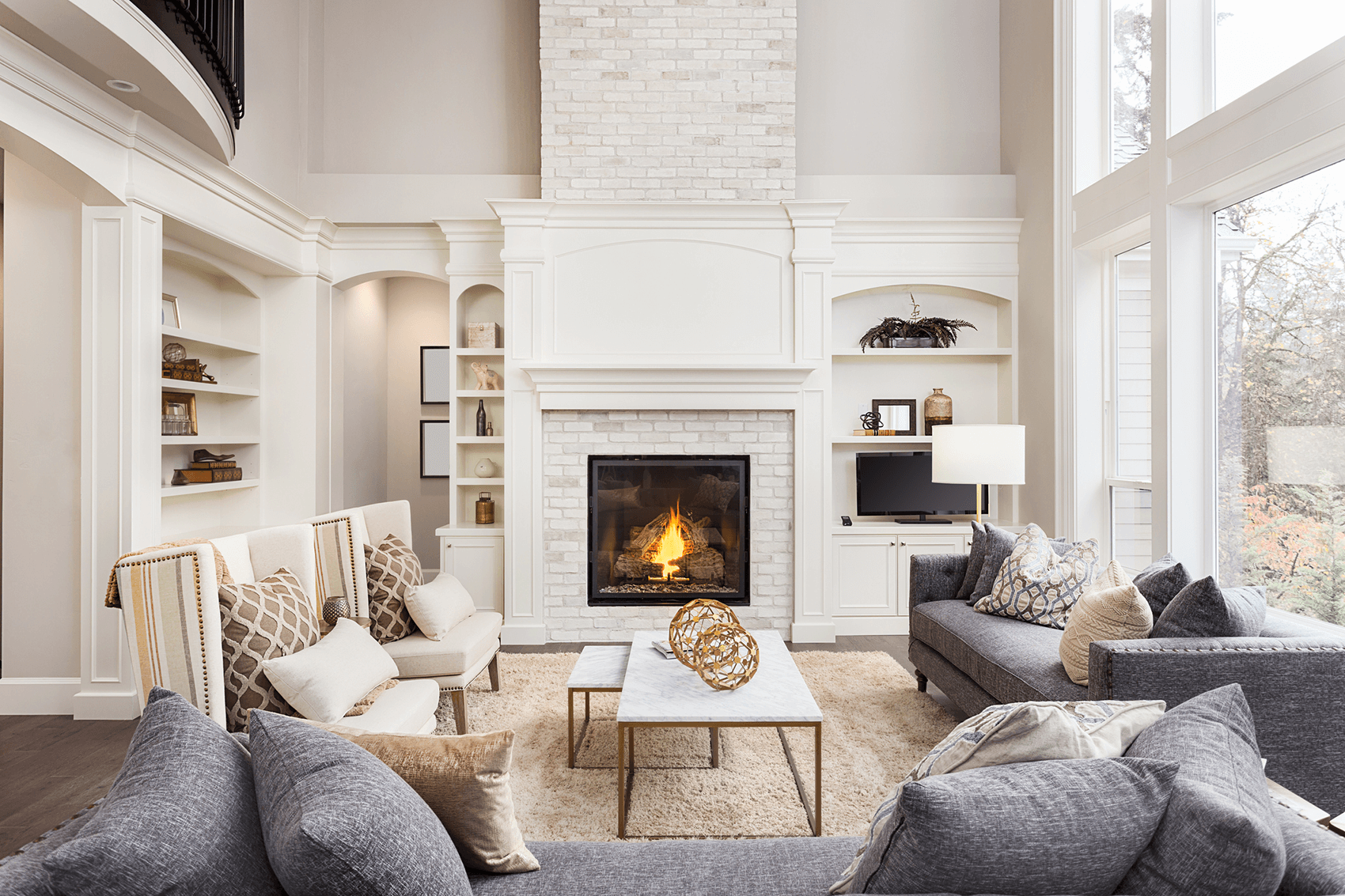Published April 25, 2023
The Pros and Cons of Types of Flooring in Pet Owners’ Homes

While adorable, dogs and cats have paws and claws that can wreak havoc on floors. From scratch marks to mud prints to everything in-between, cleaning up messes and repairing damages caused by our furry friends can be a bit tiresome, especially if the type of flooring in the home is not well-suited for pets. There are four main concerns when it comes to pet-friendly flooring: scratch resistance, stain resistance, durability, and cost.
Here are the most popular types of flooring, including the features that make them either ideal or inconvenient for pet owners.
Carpeting
Carpeting, for obvious reasons, is the least attractive option for homes with pets, particularly dogs. Carpeting can absorb and trap urine, odors, and pet hair which can be difficult to clean and remove completely. There are three main types of carpeting:
- Olefin carpet tends to be the least expensive choice and has satisfactory stain resistance, but it can be less durable.
- Wool is a higher-end material with some natural stain resistance. It is advised to lay wool carpet in less trafficked areas of the home and to seal it with an aftermarket protectant.
- Nylon is often the most practical carpeting choice as it is more durable than most olefin and wool products. Nylon typically has superior stain resistance, and it is less expensive to replace than wool.
Carpeting with patterns as opposed to solid, light colors can hide stubborn stains. It may be a smart idea to order more carpeting than you need for the initial installation. In this case, you will have enough to patch or replace a significant space, especially if the carpeting runs from one room to the next.
Wood
There are a myriad of choices and benefits when it comes to wood flooring.
- Real wood flooring is generally installed unfinished and then stained and top coated in place. Certain topcoats are more durable and stain resistant than others. A wood flooring contractor can suggest the best product for your home and add an extra coat for peace of mind. Some softer woods like pine can scratch easily, which is why harder woods like oak, maple, and cherry are preferred for their longevity.
- Prefinished engineered wood flooring tends to outperform real wood flooring, particularly when it comes to seasonal expansion and contraction. It is also an easier installation to live through.
It is important to note that many wood floors, especially those made from true wood, cannot be refinished. That said, these floors might not be the best choice for bigger dogs. Most engineered wood floors, similar to real wood floors, are also prone to damage if any liquid remains on the floor for too long. As an alternative, there are luxury, high-quality vinyl products on the market, which closely resemble real wood flooring and are durable, easy to install, and stain resistant. Vinyl has become a common choice for pet owners who want the look of wood but want to avoid stains and scratches at all costs.
Tile and Stone
While tile and stone flooring are the most durable options, they are usually the most expensive. Even so, when it comes to tile and stone, there are a few issues to consider with these materials.
Porous tile and stone are more likely to stain than impervious ceramic or porcelain tile. To help prevent stains, porous tile or stone can be sealed to make it less absorbent. Most sealers should be reapplied from time to time.
Grout between individual tiles can be tough to clean. The smaller the tile, the more grout an area of flooring will have, which is why larger tiles in a pet’s space are preferred. Tiles can also be set with tight or wide grout joints. Again, tight joints would be preferred. Finally, some types of grout are more stain resistant than others. It is wise to seal the grout from time to time.
Additional tips to keep your floors tidy:
- Always follow the manufacturer’s cleaning and care recommendations.
- Wipe up spills and urine immediately.
- Keep your pet’s nails trimmed.
- Lay a placemat under your pet’s food and water bowls to prevent them from sliding and toppling over.
Note: Many people are chemically sensitive to the outgasses some of the aforementioned products such as sealers, stains, and cleaners tend to produce. Pets, for one, can be particularly sensitive. Speak to your flooring provider for healthier flooring and installation material options that tend to have low or no VOCs (volatile organic compounds) such as formaldehyde.
If you would like to learn more about which type of flooring is best for your pet, we would be happy to help. Give us a call at (414) 622-7159 or email info@thefrgteam.com.
.jpg)





